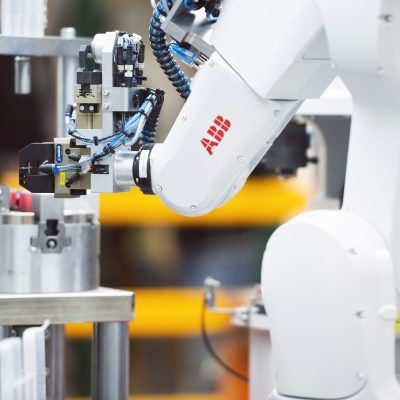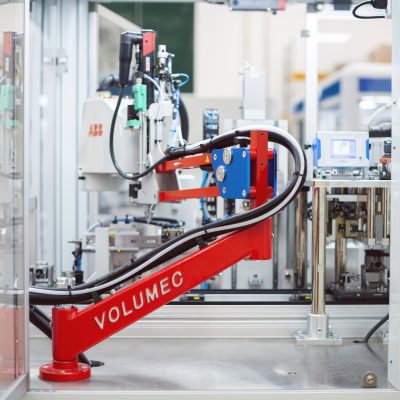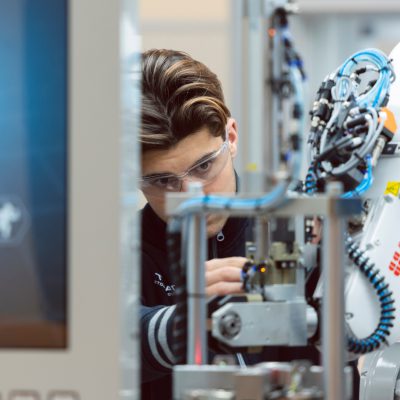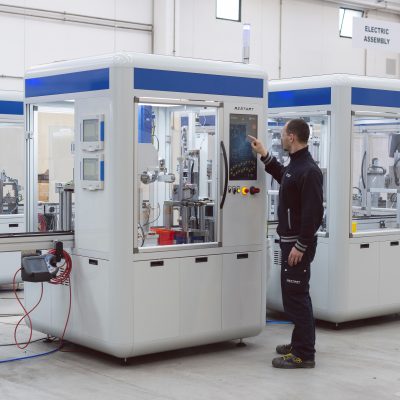The robots don’t steal jobs, not even among the most routine tasks
INAPP, the University of Trento, and ISPAT investigate the relationship between employees and technological innovation. In activities related to the latter, employees increase by 50%. The tasks primarily replaced are those involving physical exertion.
Will robots steal our jobs? The coexistence between employees and technological innovation has long been debated: will process automation sweep away jobs? Or will the demand for increasingly specialized and professionalized roles to manage new production models manage to balance the situation? A response to these questions comes from the study “Stop worrying and love the robot: An activity-based approach to assess the impact of robotization on employment dynamics”, conducted by researchers from the National Institute for Public Policy Analysis (INAPP), the University of Trento, and the Statistical Institute of the Province of Trento (ISPAT), presented within the Workshop “Firms and Workers at the Crossroad: Automation and Market Power,” concluding the eponymous research project funded by the Caritro Foundation of Trento. And it’s a hopeful response, based on what happened in the seven-year period from 2011 to 2018 considered in the analysis: the introduction of industrial robots has not produced negative effects on the employment rate; on the contrary, albeit to a limited extent, it has contributed to reducing the unemployment rate.
The overall assessment takes into account varied dynamics depending on the “tasks” of the workers, as one would expect. But even among occupational categories potentially exposed to the risk of substitution by industrial robots, there doesn’t seem to be an overall backlash from the introduction of automation. On the other hand – explains the study – the jobs destined for “robot operators,” namely all those professional figures involved in the programming, installation, and maintenance of robots at various levels, have increased by about 50% in just under ten years, with a significantly greater increase in areas characterized by more intense use of industrial robots.
The researchers highlight the relationship between robot adoption and employment repercussions. If the former factor increases by 1%, the local share of “robot operators” records an increase of 0.29 percentage points: this effect explains entirely the approximately 50% increase in these workers. In practice, if companies invest in technological innovation, the number of workers in this field increases accordingly. But the beneficial effect also extends, in our country, to routine tasks: the survey results suggest that in more highly robotized areas, the share of cognitive routine occupations has actually increased.
The picture is different when focusing on “physical” as well as routine work. In this case, the replacement with machinery appears evident: the introduction of robots seems to have contributed – the study reconstructs – to a statistically significant reduction in the relative weight of occupations that involve intensive use of the torso and, in particular, the abdominal and lumbar muscles. Instead, it seems to have favored the growth, albeit more weakly, of the share of professions associated with the control and use of machinery and, in general, complementary to automation processes.
“This investigation is very significant because it shows that we should not be afraid of robots, which can constitute more an opportunity than a disadvantage for the world of work,” explained the president of INAPP, Sebastiano Fadda. “On the other hand, technology already permeates every professional field with different outcomes depending on the situations, from medicine to agriculture, from mechanics to the insurance sector. Robots already make work more efficient and at the same time relieve people from repetitive, low-qualifying, and exhausting tasks, allowing them to focus on more rewarding (and productive) tasks.
However, the issue remains of all those occupations that need to be requalified with deep reskilling precisely for the use of automation and artificial intelligence. If in the last century the conflict between capitalists and workers was very bitter, today and in the future we must avoid a new conflict between robots and workers, but we must strive to develop appropriate strategies so that the reduction of technical production coefficients linked to new technologies does not give rise to the phenomenon of “technological unemployment.”
According to Stefano Schiavo, Director of the School of International Studies at the University of Trento, which organizes the Workshop, “robotization is one of the many global drivers that, by influencing companies, workers, and territories, contributes to modifying the Italian socio-economic fabric. The empirical analysis of these global phenomena is an essential element for identifying effective policy solutions and for proceeding with reskilling, even more urgent considering the changes induced by the pandemic. For this reason, the relationship between Covid and automation is already the subject of further study by colleagues who have conducted the research.”
For more information, read the article by Repubblica.




